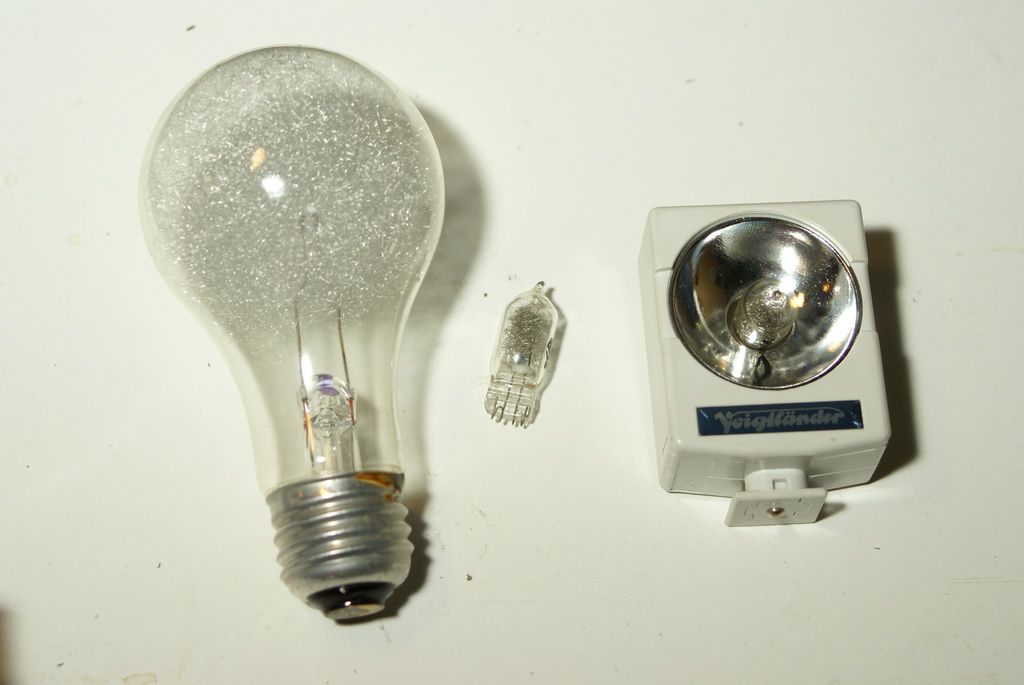Splitting Daffodils: Timing and Methods for Increasing Vibrant Spring Blooms
Splitting Up Sunny Spring Blossoms: A Guide to Divide Daffodils* Daffodil Divide: Why and How Often* When's The Best Time to Split Daffodils?* Step-by-Step Daffodil Division* Moving Your Divided Daffodils: The Transplant Process* Caring For Your Post-Transplant Daffodils* Storing Your Divided Bulbs: A Helpful Hint* FAQ: All Your Daffodil Questions Answered
Garden enthusiasts, it's time to talk daffodils! Daffodils, when nurtured properly, effortlessly multiply over the years, brightening up your space with their sunny blossoms. Understanding when and how to divide daffodils can lead to a bounty of these vibrant blooms, allowing you to transplant them throughout your garden or delight friends with your favorite bulbs.
Dividing daffodils plays a key role in the growth and revitalization of established plants. Let's delve into the process, including the perfect time to divide daffodils, tips for proper post-transplant care, and much more!
Elevate your garden with expert-recommended perennials that pair beautifully with daffodils, extending the colorful display from spring to summer!
Daffodil Divide: Why and How Often
While certain types of daffodils can flourish for decades, their growth and naturalization capacity vary widely. Some daffodil varieties multiply slowly, while others spread rapidly. Overcrowded plants will ultimately produce fewer flowers and can impact the health of established plants. So, dividing and transplanting daffodils is crucial for optimal blooming and overall plant health.
When dividing daffodils, always choose healthy, well-established plants; daffodils that aren't blooming or appear unhealthy may not fare well during the transplant process. Sometimes, giving these bulbs extra time to recover can help resuscitate them.
When's The Best Time to Split Daffodils?
Knowing when to move daffodils is essential for their continued success. We suggest dividing and transplanting daffodils every three to five years to keep your plants flourishing. After you've dug up the bulbs and spread them, they'll cover roughly double the area of the original clump, with twice as many bulbs.
For the most favorable results, choose to divide daffodils during the dormant season, as this minimizes plant stress. The best time is when the foliage has begun to die back, but it's not entirely gone. Allowing the foliage to remain helps plants store energy in their bulbs for the next season's growth.
Gardening inspiration, videos, tips, and more, delivered straight to your inbox! Sign up here! and get a free copy of our informative e-book: "Savoring the Bounty: A Beginner's Guide to Growing Delicious Tomatoes."
Step-by-Step Daffodil Division
Here's what you'll need to divide daffodils like a pro: a large shovel, gloves, and a container or space to store collected bulbs.
- Dig and Lift: Using a large shovel, carefully dig around the cluster of bulbs and lift them gently. Remember, the goal is to minimize bulb damage during the digging process.
- Detach the Bulbs: Brush off the excess soil from the bulbs, then gently pull them apart. You should be able to separate the bulbs with ease. Bulbs that are still clinging to one another can be allowed to mature and separate naturally. Reject any diseased or damaged bulbs.
- Store and Plant: Store bulbs in a cool, dry, and well-ventilated place before planting or transplant them immediately.
Moving Your Divided Daffodils: The Transplant Process
- Prep the Planting Site: Choose a suitable location with well-draining soil and good air circulation. Amend the soil with organic matter and a balanced, slow-release bulb fertilizer.
- Plant the Bulbs: Plant the bulbs at a depth of 6 inches, with the pointed end facing up. Space the bulbs 4–6 inches apart for optimal growth.
- Water and Fertilize: Thoroughly water the newly planted bulbs to help settle the soil around them and dispel any air pockets. Fertilize lightly in the fall or early spring with a bulb fertilizer.
Caring For Your Post-Transplant Daffodils
- Watering: Water the planted bulbs regularly, ensuring the soil remains moist but not waterlogged. With good attention, you can expect root development within weeks.
- Mulching: In regions with harsh winters, apply a 3-inch layer of mulch over the planting site once the ground has frozen to protect the bulbs from freeze-thaw cycles and temperature fluctuations.
- Foliage Removal: Avoid removing the foliage until it's entirely dead, as the leaves help the bulb store energy for the next year's bloom.
By following these steps, your daffodils will recover swiftly and flourish in subsequent seasons.
Storing Your Divided Bulbs: A Helpful Hint
Many gardeners prefer storing bulbs during the summer months before transplanting them in the fall. To do so, first clean, dry, and cure the bulbs. Remove excess soil, and lay the divided bulbs out on a newspaper, drying rack, or screen to cure. Pack the dried bulbs into paper bags or boxes, ensuring good air circulation. Keep them in a cool, dry, dark location throughout the summer until you're ready to plant again in the fall.
FAQ: All Your Daffodil Questions Answered
Can you divide daffodil bulbs in the fall?
How often should you divide daffodils?
What happens if you don't divide daffodils?
Our Platform Shop offers various products to help you create and maintain a thriving garden. Keep in mind that inventory may be limited, so don't hesitate to make your purchases!
Tonya Barnett (Youtube: tonyawiththeflowers, Social Media: Instagram/@tonyawiththeflowers) is an enthusiastic gardener with 13 years of experience under her belt. Flowers are her passion, and she has successfully transformed her backyard into a stunning cut flower garden, which she showcases on her YouTube channel.
- Laura Walters (Content Editor)
- Bonnie L. Grant (Writer)
- With daffodils brightening up homes and gardens, understanding how to divide them is crucial for sustaining their vibrancy.
- Dividing daffodils every three to five years assures continuous growth and promotes more blooms, allowing you to expand their growth throughout your garden or share with friends.







